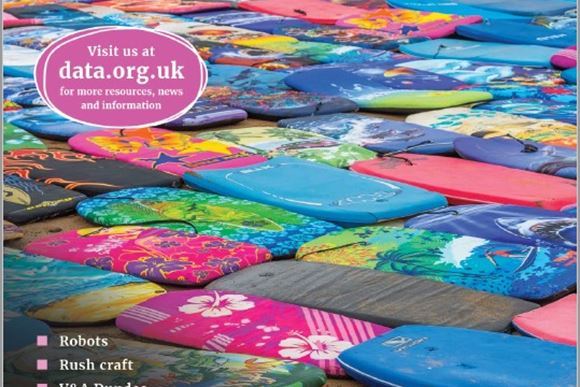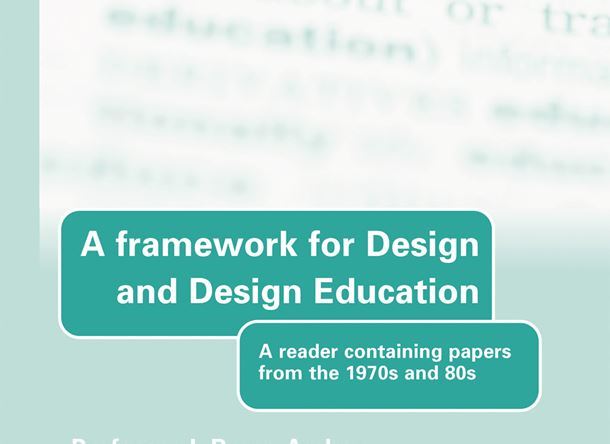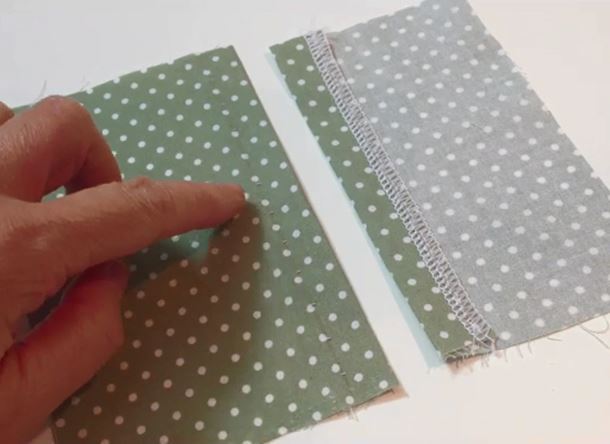5G is coming - is D&T ready? Are we connecting up our curriculum intelligently?
Published 18th April 2019
Written by: Andy Mitchell
Like the next person, I get excited by the potential for the use of future technology and its positive impact on both my own immediate and the wider world. No more so than when I read articles like this piece in Interesting Engineering. They also prompt me to think about what it might mean for the teaching of D&T in schools. It reminded me of some 15 years ago, hearing a BT futurologist talking, talking about the increasing use and impact of mobile technology. She was also incredulous that to date, schools were pretty much the only industrial sector they had failed to truly penetrate. I wonder how her view has developed since.
In 1859, Dr Edward Thring Headmaster at Uppingham School, opened not just the first school gymnasium in England, he also introduced wood and metal workshops. That single act is sometimes cited as the origin of D&T type activity being included in the curriculum in England. He had vision. We don’t know exactly what his motivation was, but shortly afterwards, the Royal Commission on Technical Instruction (1881-1884) led by Bernhard Samuelson, drew attention to Britain’s declining industrial performance and compared education in England with that in other European countries. Some members of the Samuelson Commission were involved in setting up a National Association for the Promotion of Technical and Secondary Education in 1886.
The new GCSE and GCE qualifications being examined for the first time this year, have forced us to embrace a key aspect of design and technology, namely students identifying for themselves, contexts within in which to design. (This is in contrast to being required to respond to set design briefs). The ability to interrogate, identify and address emerging needs, has always been central to the subject raison d'être but it is only recently that it has become so prominent.
In her article, Susan Fourtané writes:
‘Consumers are going to enjoy more immersive, contextual experiences. Society is going to use technology to tackle the world’s biggest challenges. Industries are expected to use technology to reach a new level of efficiency and productivity. All in all, intelligent connectivity is going to become the heart of new ecosystems and growth.’
That’s one exciting context and one that surely as educators we should be referencing in D&T teaching today. For this isn’t a futureologist projecting some utopian vision of the future. Fourtané is a respected and experienced science and technology journalist writing about what is happening now!
By 2021, it is expected that 50 million people worldwide could be using 5G. Up to 1GB per second download speeds are about to become part of the everyday life. This figure could be rising to 1.2 billion people by 2025 using the internet of things. Common usage is moving on rapidly from the remotely controllable light bulbs that are given as Christmas presents to the person who has ‘everything they want’!
‘The GSMA which represents the interests of mobile operators worldwide, uniting more than 750 operators, estimates that by 2025, there will be 25 billion connected devices which will count on hyperconnectivity enabled by enhanced and undisturbed mobile broadband’.
The challenge to those of us teaching in school and supporting D&T education is how to respond proactively to the opportunities this technology presents?
Depressing though it is, as a product of our current educational climate, the stark reality is that some schools are removing the subject from the curriculum. Now in many cases, there are of course economic, political and qualifications performance issues behind that decision. However, as a profession of D&T teachers, we also have to explore if this is in part a consequence of our own inaction. Have we failed to sufficiently embrace technology to the subject’s peril? It is a fact, that in many otherwise good D&T departments, embracing the benefits and opportunities of the digital revolution has been all but ignored. Teaching spaces and their resourcing remain largely the same. Few designing and making activities introduce the use of digital control or even simple electronic control. Of course there are many schools that should be congratulated for forging ahead and are doing great work blazing a trail.
There have been significant initiatives such as the government funded Digital D&T Schools initiatives run by the D&T Association for some 15 years, developed to support the curriculum. These coupled with massive developments in hardware and software including the wide range of accessible, low cost microcontrollers available to schools should have meant much wider adoption in schools. Digital designing, digital manufacture and embedding digital control should be at the heart of achieving what the subject is set up to do. But it so often isn’t.
It’s not that the attempts to move on the technological aspects of the subject are anything new. The Schools Council Project Technology, the brainchild of Professor Geoffrey Harrison and lead by him in the 1960s and 70s, set us on course. This was against a backdrop of initial resistance from predominately craft teachers at the time. For those who chart the development and history of craft, design and technology education, it is forever disappointing that what started so well has never really managed to thrive and establish itself in anything other than isolated pockets.
However, I continue to be optimistic for the future. I am convinced that considering all the evidence, in our evolving school education structure, epitomised by clusters of individual schools seeking their own and collective distinct identity, embracing new technologies and putting them to good use in D&T education will become much more common. After all, stranger things have happened. Maybe we need a few more like Dr Thring in both school sectors.
This time of year, many subject leaders will be about to reflect further on the departmental development plans they and their teams may have recently revised. I wonder how looking forward, these vital working documents reflect the need to build the department’s curriculum in light of the technological changes and related challenges referenced here. For sure they must if those same departments are to have a future. The opportunities created for D&T, by improved digital communications and the application of computing are enormous. They immediately suggest how important it is to develop cross-curricular working and the forging of productive relations with colleagues who teach computing. Are we connecting up our curriculum intelligently?
comments powered by Disqus Back to Blog








